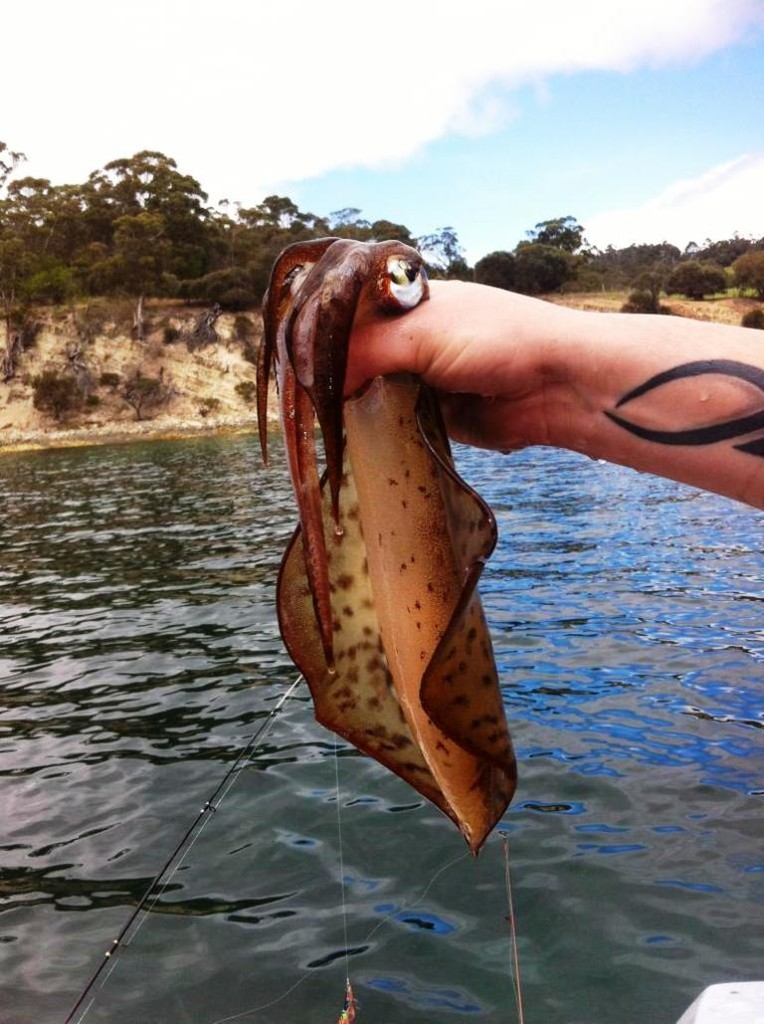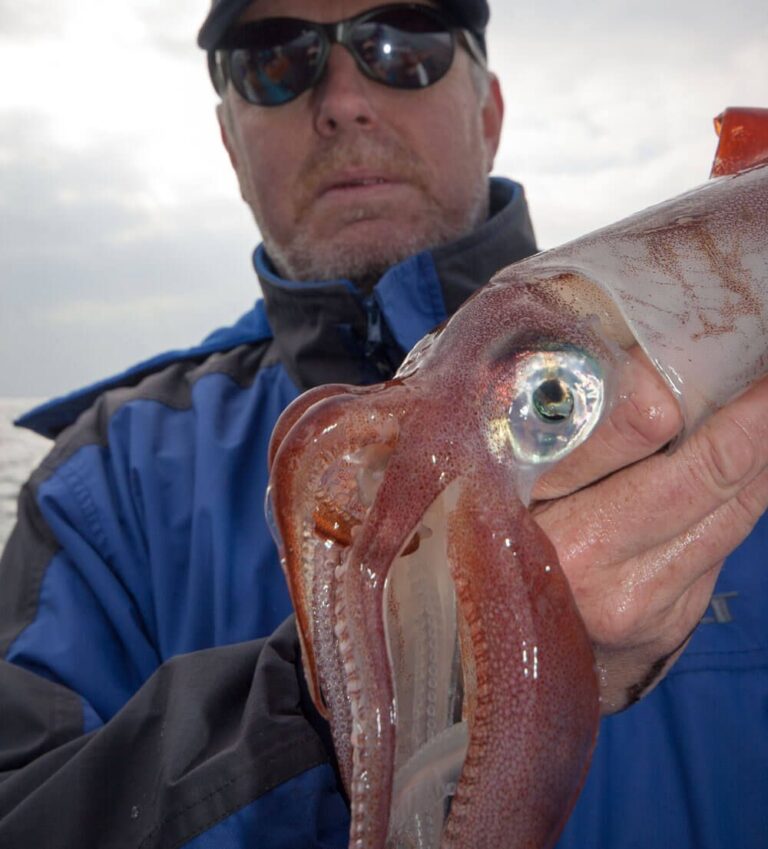
It uses its sharp, parrot-like beak to tear off pieces, then the sharp radula on its tongue grinds up the food and pushes it down the squid's throat.Īccording to many scientists, global warming is having a profound effect - an often negative one - on animal species. The squid then pulls the food to its mouth with its arms.

A squid will stalk its prey by hiding out of sight until the animal is within range, then shoots out its arms to ensnare the food. Squid are carnivorous and their favorite foods include small fish, crabs, shrimp and other squid.
ARE SQUIDS FISH SKIN
Squid even can change the texture of their skin to simulate their surroundings by raising little flaps and bumps. Chromatophores expand or contract to change the color or pattern of the squid's skin to match its background (these same cells also help squid attract a mate and communicate with other squid). To blend in with their surroundings, squid have thousands of pigment cells on their arms called chromatophores, which are attached to tiny muscles. This temporarily confuses the attacker, allowing the squid to escape. Before a squid flees its predator, it releases a cloud of an inky substance called sepia. They rely on their speed and agility, as well as their system of camouflage, for defense. With their soft bodies, squid are vulnerable prey. When escaping from a predator, a squid can propel itself as quickly as 25 body lengths a second. The mantle stretches like a rubber band, then contracts and forcibly pushes the water out through the funnel. It draws water into its mantle cavity by expanding its muscles. With angry eye and a cloud of ink, a jumbo squid flees from a diver.Ī squid's funnel acts like a jet engine, making them powerful swimmers. We'll learn more about how squid use their funnels and the daily life of a squid in the next section.īrian J. Wastes are excreted through the funnel, as is the squid's defensive ink. Beneath the head is a tube called the funnel. As water flows through the mantle cavity, it passes over the gills and the squid absorbs oxygen to breathe. The squid's body is enclosed in a soft and muscular cavity called the mantle, which sits behind the head. They also have a sophisticated nervous system. Squid are the most intelligent of the invertebrates (animals that lack a backbone), with a brain that is well-developed and larger in proportion to the animal's body than that of most fish and reptiles. The squid's eyes are large and set into the sides of its head. In the center of the arms sits a mouth with a parrot-shaped beak that surrounds a sharp, bony tongue (called the radula). Some varieties have claw-like hooks instead of, or in addition to, the suckers. They have 10 arms (two of which are much longer than the others for grasping prey), which are lined with rows of suckers. Most squid have a long, tube-shaped body with a small head. They can range from an inch to more than 65 feet in length. Squid come in a wide variety of sizes and appearances. Squid today are versatile creatures - they can make their homes in a variety of marine environments, from the deep sea to coastal surface waters. The earliest squid were most likely slow-moving creatures that lived in shallow waters. Today, only four remain - squid, cuttlefish, octopuses and nautiluses.

So many different animal groups emerged during this period that scientists have termed it the "Cambrian explosion." Originally, thousands of species of cephalopods existed.

The squid emerged during a particularly bountiful stage in the ecological timeline - 500 million years ago during the Cambrian period.
ARE SQUIDS FISH LICENSE
Therefore, rather than attracting the squids directly, the fishing lights will attract phytoplankton, which attracts zooplankton and small fishes, which attract squids.Image used under GNU Free Documentation License The squids don't seem to respond to the light, but rather to their prey. It would therefore not be inhibited by the bright fishing lights. The vertical migration might be coordinated by an internal clock rather than light. Other predators feeding on zooplankton follow, including the squids. It's safer to move up during the night to feed. During the day the zooplankton stays in deeper waters, because at the surface its easier to be spotted by predators. The reason for this migration is that zooplankton feeds on phytoplankton, which can be found at the sea surface, where it gets most of the sunlight. Zooplankton is known to migrate vertically during the day (up at night, down during the day), which has also been reported for squids, probably following their prey. Squids feed of small fish, crabs and shrimp, which in turn feed on plankton. Despite many sources stating that the lights attract the squids, the explanation given here is much more logical.


 0 kommentar(er)
0 kommentar(er)
